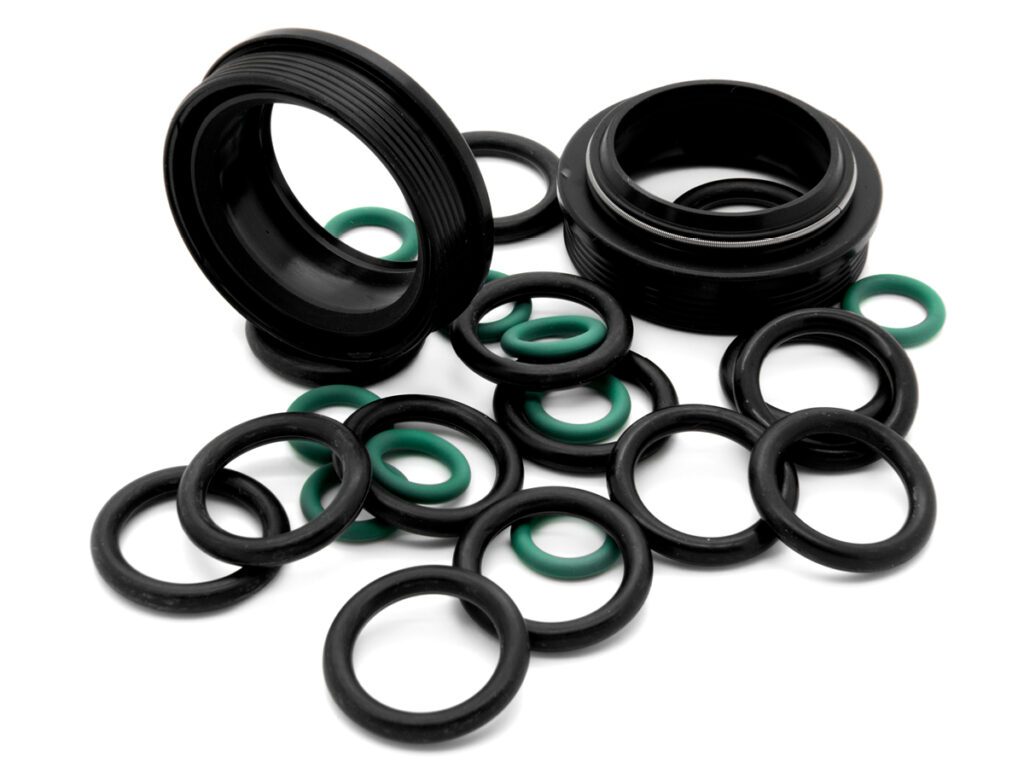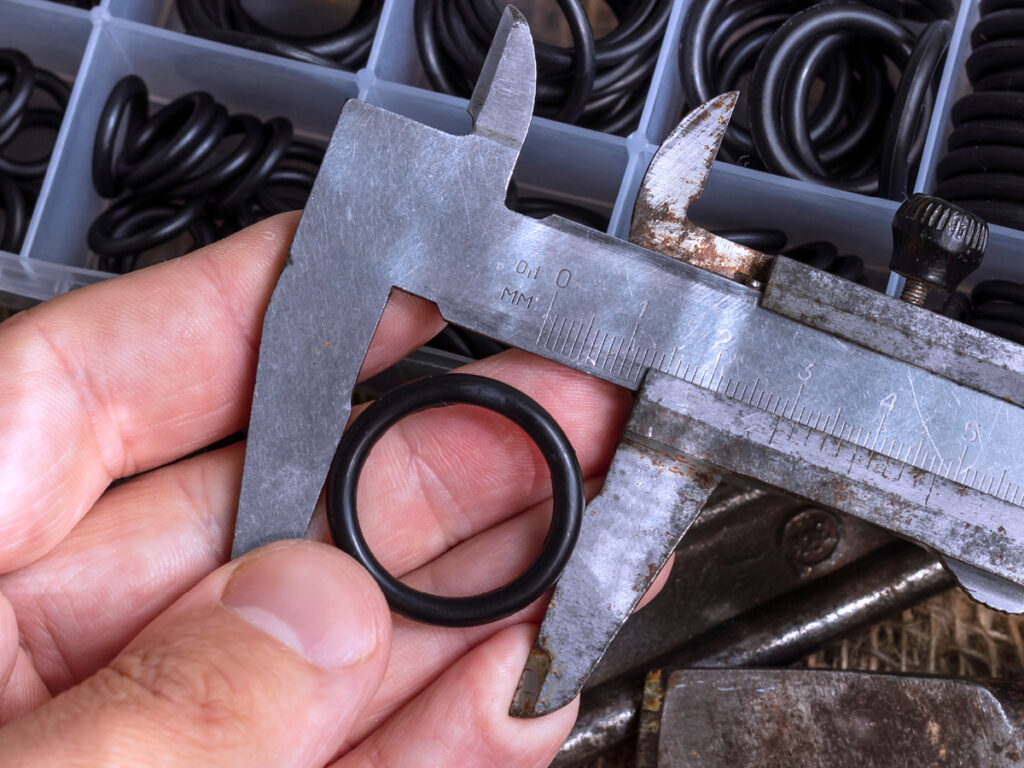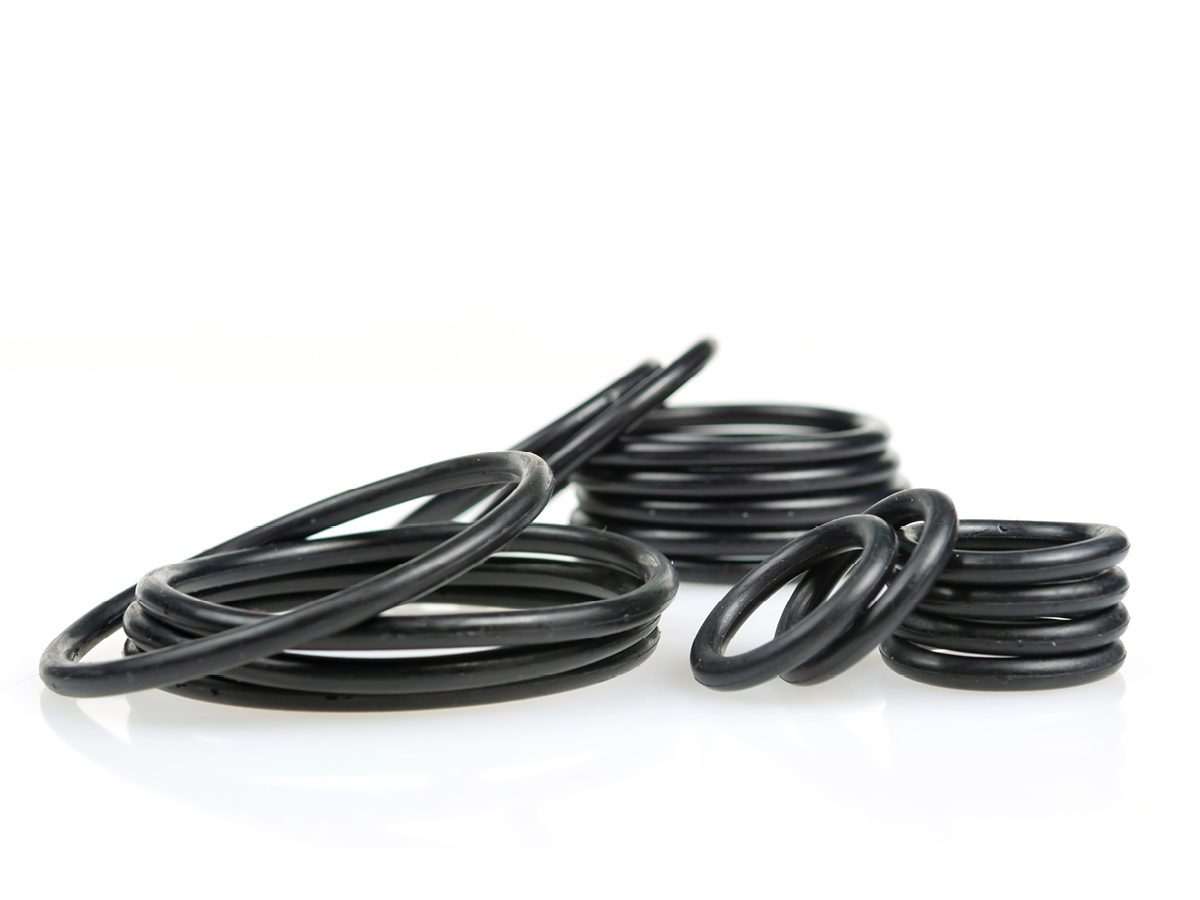How To Achieve Low-Cost Tooling in Industrial Sealing
When it comes to custom rubber- and plastic-sealing solutions, the right tooling approach can save time, money, and production headaches. Many manufacturers struggle with expensive molds, rigid processes, and long lead times that don’t align with their actual needs.
At Marco Rubber & Plastics, we specialize in low-cost tooling solutions designed for flexibility—whether you need a single prototype, a small production batch, or a full-scale manufacturing run. With customized material selection, efficient design processes, and trusted supplier partnerships, we help you reduce costs, shorten lead times, and ensure long-term performance.
When Is Tooling the Right Answer?
Not every project requires custom tooling, but in many cases, the right tool is the key to efficiency, cost savings, and long-term success. You might need a custom tool if:
Standard seals won’t fit your application.
Unique dimensions or design constraints require a precise, custom-molded solution.
You need to improve performance.
Harsh environments, extreme temperatures, or chemical exposure demand specialized materials and manufacturing methods.
Production costs are too high.
A well-designed tool can reduce material waste, streamline production, and lower overall costs.
You’re scaling up production.
Prototyping is just the beginning. The right tooling approach ensures a seamless transition to full-scale manufacturing.
By investing in the right tooling upfront, you avoid costly rework, reduce downtime, and ensure your seals perform at their best from day one.

Developing a Prototype
Initial Consultation
We firmly believe that tooling requires a customized approach in most cases. We do not force anyone into rigid options; instead, we look at your unique project requirements. In our initial consultation, we’ll discuss several factors. Where we begin depends on whether you are starting from scratch or solving a seal-failure problem.
Either way, we’ll talk about impacting factors, such as …
- Estimated annual order size,
- Tooling investment for the project’s entire life cycle, and
- Customization options based on future scalability and adaptability.
If you are starting from scratch, we will …
- Review prints and 3D files,
- Identify the ideal material and manufacturing method, and
- Offer options for long-term cost-effectiveness and efficiency.
If you have an existing seal issue, we’ll perform a deep analysis to identify …
- Material failures (including tolerance issues, chemical incompatibility, or extreme environments),
- Design flaws (including incorrect sizing, extrusion, and installation challenges), and
- Necessary testing requirements (including third-party lab testing).
Ultimately, we seek the most cost-effective, longest-lasting solution for each situation. Our tooling solutions range from low-cost, rapid-prototyping methods (like waterjet cutting and die stamping) to compression-molded tooling that optimizes production efficiency for larger runs.
Material Selection
The right material determines both the seal’s effectiveness and the manufacturing process. Instead of forcing a specific production method, we choose the one that delivers the best balance of performance and cost.
- Rubber: Used in compression, injection, transfer molding, extrusion, die stamping, water jet, lathe cut
- Liquid silicone rubber (LSR): Used in liquid-injection molding
- Plastics: Used in injection molding, machining, die cutting, extrusion
- Thermoplastics: Used predominantly in injection molding
By choosing the right material from the start, we help eliminate waste, improve efficiency, and reduce long-term costs.

Tooling Development
During tooling development, our goal is to provide a high-quality tool and keep costs low through effective project lifecycle management. We do this in several ways.
First, you get the benefits of our long-term relationships with essential industry partners, including our bulk rates.
Next, we focus on efficient tool design optimized for seamless production.
Finally, we maintain and refurbish tooling perpetually, ensuring continuous quality over the whole life cycle.
To ensure quality, we go through a design review process called DFM (“design for manufacturing”) before cutting any tool. We use specialized software to review prints and 3D models to ensure that …
- The design flows properly through the tooling process,
- There are no manufacturing obstacles, and
- The parts are high-quality and functional.
For complex designs, we offer simulation testing to ensure the tool will function as expected before production begins.
First Article Process
Once the tool is ready, we run a full production test to verify:
- Part dimensions and tolerances,
- Material-test results, and
- Performance under real-world conditions.
We stand by our commitment to getting the design right the first time, meaning no hidden tooling issues down the road. We also work with our customers to determine any additional testing measures for quality verification or regulatory requirements.
Prototyping Process Length
We work fast to ensure you have your answers as quickly as possible. The process for a compression-molded tool can take only 3–4 weeks.
Transitioning to Production
The aforementioned DFM process goes a long way to ensure prototypes are fully optimized for production from the start. Before finalizing the design, though, we will discuss forecasted usage and future adjustments. This can allow you to meet budget requirements now while leaving us the flexibility to build in scalable options for the future.
During scale-up, we reassess key factors to ensure consistent quality:
- Material integrity under full-scale production conditions,
- Manufacturing efficiency to avoid unnecessary waste, and
- Cost-effectiveness—always optimizing for the best value per part.

Rapid, Low-Cost Tooling in Action
We don’t just want to tell you about our tooling process. We’d also like to share a real customer experience with you.
A mixing equipment manufacturer needed a custom seal on a rush order. Their original supplier quoted a 12- to 14-week lead time—far too long to meet their production deadline. Marco Rubber’s engineering team acted fast, collecting the necessary operating conditions, designing a precise custom seal, and providing pricing within just a few days. In the end, we delivered the finished product in less than half the time of the competitor, allowing the manufacturer to fulfill their order on schedule and avoid costly delays.
Whether you need a small prototype run or high-volume production, Marco Rubber is ready to help you optimize your tooling investment and get your products to market faster, smarter, and cost-effectively.
